I've got a PC microphone that fires off a loud pop when muted. Upon taking it apart it appears that its mute circuit is really simple and therein may lie the issue. I've combed this board for fixes and and can't find one. There is this page on the web. The fix seems intuitive but it involves the internal circuit, which is beyond the scope of the mute button; it's inside my sound card and I'll be damned if I have to get in there to fix this. Furthermore, that fix involves a 3 lead mic, where mine is 2. I figure there's clean way to kill this pop without changing (much) the impedance or voltage going to the electret mic.
Please see exhibit A:

This seems to be all the involved circuitry of the microphone (Style #1 is its original form).
I figured I could try bridging the ground to the signal upon muting, so I shorted the 2 points in Style #2. This only increased the pop seen on the audio end of the business (audio is mic signal. Mic is open and working then at red line is turned off).
Any suggestions as to how to quell this pop? Many thanks in advance for your time and consideration.
P.s. Ideally, I would like to add a band pass filter for 60hz hum and high-end static. If I'm going to be wiring up more resistors and capacitors for the filter, couldn't 2 birds be killed with one stone?
